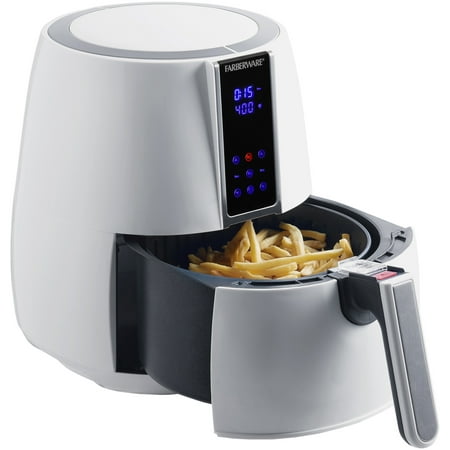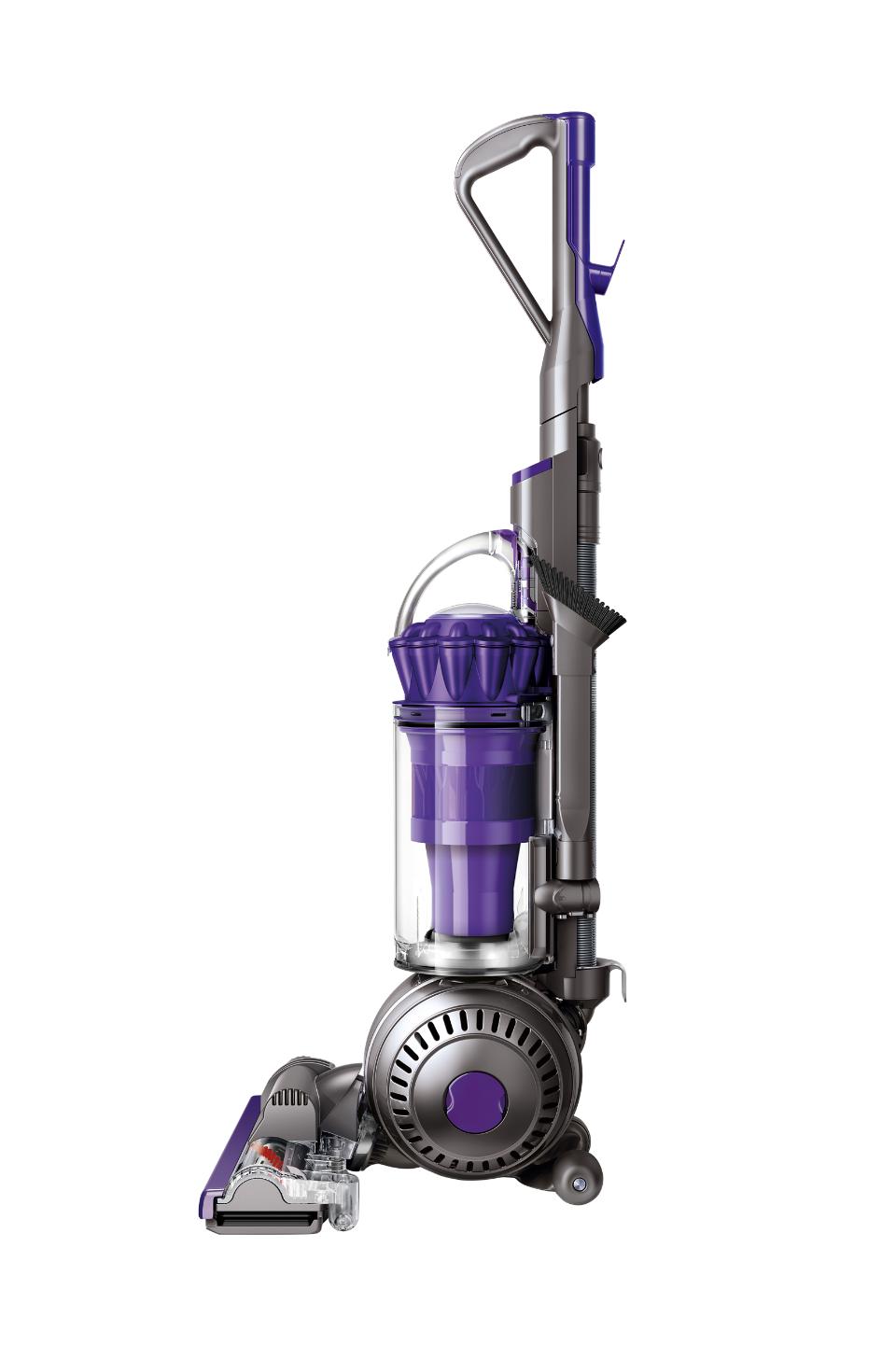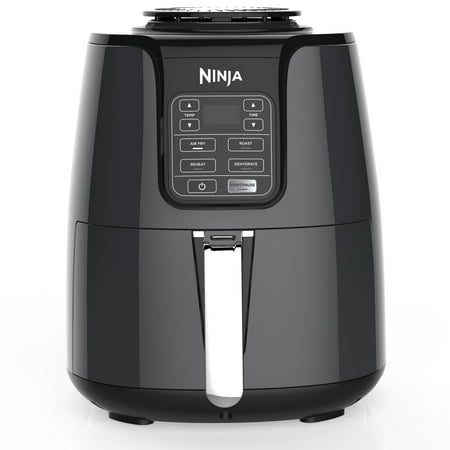Hoover H-FREE 500 HF522UPT Pet Cordless Vacuum Cleaner – 920/8683
H-FREE 500 is the lightweight yet powerful cordless vacuum from Hoover, with a turbo boost function to tackle tough cleaning tasks.
H-FREE 500 is the lightweight yet powerful cordless vacuum from Hoover, with a turbo boost function to tackle tough cleaning tasks. It’s also extremely compact, at under 70cm height in storage mode, with three tools stored conveniently onboard. A motorised mini turbo brush is also included in the box to remove pet hairs and fluff.
H-FREE 500 makes light work of cleaning your floors, with a rotating brush bar that can be activated to deep clean carpets, plus a turbo mode for when you need an extra boost of power.
H-FREE 500 has 3 handy accessories stored onboard : combining crevice, dusting and upholstery functionality. A pets turbo brush is also included in the box, with rotating bristles to loosen pet hairs from your cushions or sofa.
The brushless motor keeps suction strong, for up to 40 minutes of continuous performance in auto mode**. The LED ring turns red to let you know when it’s time to charge the battery, so that you won’t run out of power unexpectedly.
Ideal for apartments or smaller homes, H-FREE 500 is under 70cm in height in storage mode, allowing you to keep it in a cupboard. The parking position allows it to stand up unaided, without needing to wall mount.
Floor suitability:
- Suitable for carpets and rugs.
- Suitable for deep pile carpet and rugs.
- Suitable for wool carpet.
- Suitable for hard floors.
- Suitable for laminate flooring.
- Suitable for upholstery.
- Suitable for stairs.
Vacuum cleaner features:
- Weight 2.2kg.
- Size H108, W25, D20cm.
- Charge time: 6 hours to fully charge.
- Running time from 8 minutes to 40 mins, depending on the setting used.
- Low battery indicator.
- Number of batteries in pack: 1.
- Detachable handheld included.
- Power boost – clean with increased power.
- Washable filter – wash regularly to maintain suction.
- Motorised floor head – drives bristles in to carpet to remove ground in dirt.
- Adjustable floorhead – switch between carpet and hard floor at the touch of a button.
- Pet tool included.
- Includes crevice nozzle, upholstery nozzle, dusting brush, turbo brush and combination floor nozzle.
- Dust capacity 0.45 litre.
- 22 volts.
General information:
- Model number: HF522UPT.
- Manufacturer’s 1 year guarantee.
- EAN: 8016361992245.
Additional information
| Capacity | 0.45L |
|---|---|
| Weight | 2.2KG |






by Fusspot
Easy to assemble. Very light making it easy to move around the house. Good suction. Easy to adapt to use tools. I’m very impressed with my purchase.
by Hedon
The vacuum cleaner is powerful, light and easy to use making cleaning the house a very easy task.
by Milo
Before I purchased any cordless vacuum, I was skeptic, worried, how can something like that replace old fashion vacuum. But I was wrong!!! This hoover is excellent!! Light, enough powerful to do the job, easy to empty. I would recommend this product!!!
by Alphatease
I bought a cordless hoover, very reasonably priced and reviews were great. I have to say I am impressed with it, easy to use and does a good job on carpet/lino/tiles. Would recommend this product.
by Mandy
perfect cordless for our needs. Mostly wooden or tile floors, this picks up dog hairs really well. The turbo feature works well when on carpet.
by Gavin
Third cordless stick vacuum I have had. This is by far the best. The only things that let it down are the battery charge, not lasting as long as you would hope and the lack if narrow tipped attachment.
by Laus
We bought this to replace a different cordless vacuum that was pretty useless so I was a bit dubious about another, but this is great. We have predominantly wooden floors and it’s great- the fact it stands up on its own is a great bonus!
by Ilkeston
Good value powerful suction and easy to use with useful multi colour light indicators.
by Rotherham
Nice lightweight cordless vacuum with good suction. It needs cleaning out regular as the back pipe that feeds into the dust canister soon gets blocked which puts strain on the motor.
by Chorley
I suffer with back pain and chronic fatigue. This vacuum is lightweight enough for me to use without causing pain. The pet tool easily sucks up dog hair from the bed and settees. The battery is fine on the standard setting for doing the whole house (3 bed semi-detached, mixed wood and carpeted flooring) but could take less time to charge. It is easy to empty. Everything feels solid and is easy to clean, maintain. Love how neat is it and the blue colour is fab.